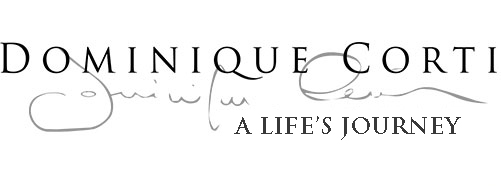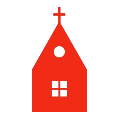
1959
The Comboni Catholic Missionaries founded St. Mary’s Hospital in Lacor, near Gulu, the main town in Northern Uganda.
Contardo Vergani

1961
Piero and Lucille arrive at St. Mary’s Lacor Hospital, where the Bishop has agreed to allow Piero to develop the Hospital if he agrees to search for funds without depending on the Mission.

Contardo Vergani
Dominique Corti

1961
Lucille and Piero marry in the chapel at St. Mary’s Hospital.


1962
To distinguish it from other entities by the same name, the Hospital becomes known as “St. Mary’s Hospital Lacor” but will be known simply as “Lacor Hospital”. In the same year, Uganda becomes independent. Milton Obote, a northerner, is the first prime minister.

1962
A daughter, Dominique, is born to Lucille and Piero.
Bruno Molinari, Maria-Rosa Molinari and Sr. Patrizia Clerici
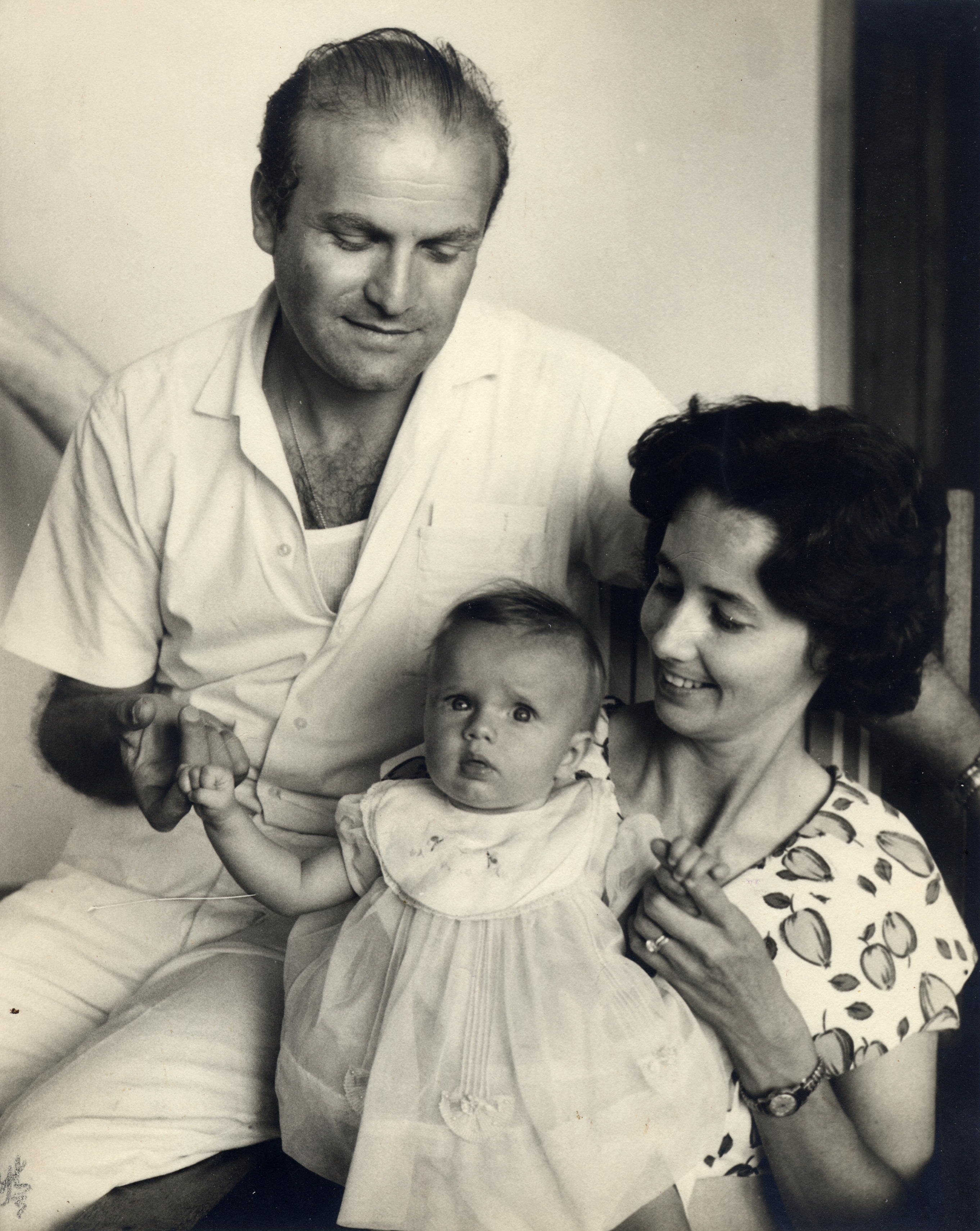
Dominique Corti

1967
Milton Obote, having ended Uganda’s autonomy and promoted himself as president, changes the constitution which now gives considerable power to the president.

1968
At the age of 6, Dominique begins attending school in Gulu, where her lessons in the early grades are in the local Acholi language.

Dominique Corti

1970
In the seventies, Italian Government aid is a significant contribution to health in Uganda through direct programs, funds, and newly graduated doctors doing civil service instead of military service.

1971
Dominique Corti, Alessio Nencini and Marco Prati
Lucille and Piero send Dominique to school in Italy for her own safety and for a better education. In the same year Milton Obote is overthrown in a military coup by Army chief Idi Amin who becomes president of Uganda.
Carlo Spagnolli

1972
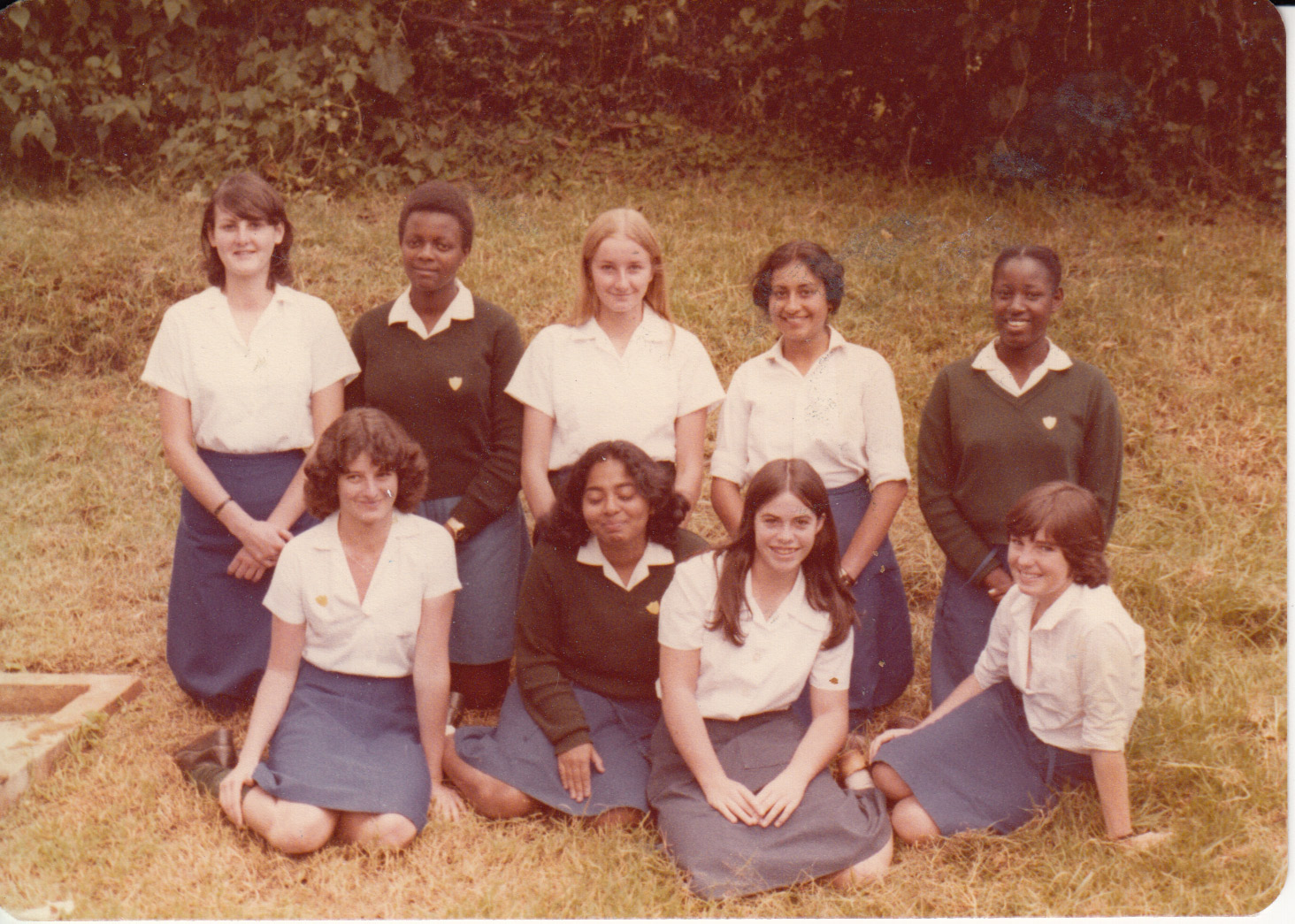
Dominique leaves Italy to enroll in a Nairobi boarding school. She is now able to return home to Gulu every three months.
Dominique Corti
In the same year in Uganda, Idi Amin expels 60,000 Asians, mostly from the Indian subcontinent, who are not Ugandan citizens but whose ancestors had settled in Uganda during the colonial time.
Laura Saurdi, Robert Calderisi and Bruno Corrado

1973
Uganda has border clashes with Tanzania.

1974
Matthew Lukwiya completes his certificate of education as the top student in Northern Uganda.
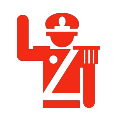
1976
Piero is awarded the “Commendatore dell’Ordine Equestre di San Silvestro Papa” award by the Vatican State. Idi Amin visits the Lacor hospital and, in the same year, he declares himself president for life.
Dominique Corti
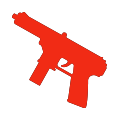
1979
Idi Amin invades Tanzania with a view to annex the Kagera Region. Tanzania counterattacks by unifying the various anti-Amin forces under the Uganda National Liberation Front and forces Amin to flee. After invading from the south, the Tanzanian army takes several weeks to reach Gulu and during that time Lacor Hospital is repeatedly ransacked by the remnants of Idi Amin’s disbanded army. Piero suffers a punctured eardrum because of a gunshot during one of the confrontations with marauders.
Contardo Vergani

1980
Dominique goes back to Italy to continue her studies. In the meantime after several interim and two increasingly turbulent and brief provisional governments, Milton Obote returns to power as president of Uganda. Civil war breaks out, and in the four-year military effort to destroy its challengers, Obote’s second government, with an estimated death toll of over 500,000, results in vast areas of devastation and greater loss of life than during the eight years of Amin's rule.

1982
Victims of mysterious “slim” disease (soon to be known as HIV/AIDS) begin to appear at Lacor Hospital. Following the recognition of the first AIDS cases in the USA in 1981, an outbreak of “slim disease” is reported in the village of Kasensero, Uganda. The name AIDS comes into use this same year. In the same year Lucille and Piero are bestowed the “Ufficiale al Merito della Repubblica Italiana” Award from the President of Italy.

1983
The Uganda Ministry of Health recognizes Lacor as internship training centre for newly graduated doctors from the Government Medical Faculty of Makerere (later also of Mbarara, founded in 1989, and of Gulu, founded in 2003).
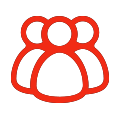
1983
Matthew Lukwiya begins his internship at Lacor with the first group of interns.

1984
Matthew Lukwiya is appointed a medical officer at Lacor Hospital.
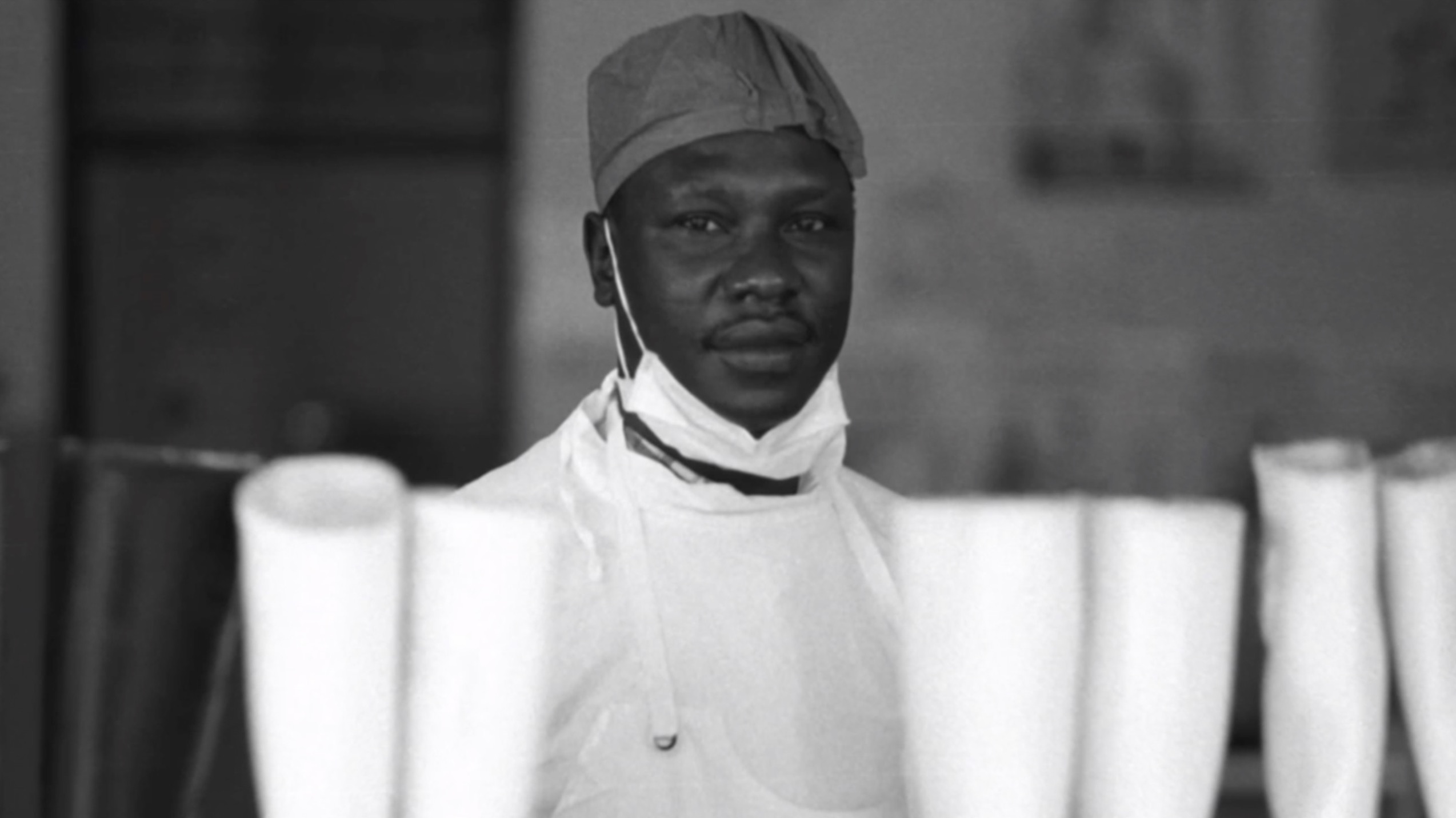

1984
The City of Milan bestows the “Ambrogino d’oro”, its top award, to Piero and Lucille.
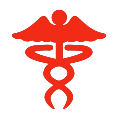
1984
Dominique enrolls in the University of Milan – Faculty of Medicine.
Dominique Corti

1985
Lucille learns that she has tested positive for HIV. She concludes that she contracted the disease by repeatedly wounding herself with bone fragments during the long exhausting hours of operations on war casualties.
Fratel Elio Croce
Milton Obote is ousted again. A weak coalition governs until the end of the year, but Yoweri Museveni’s NRA rebellion is by now effectively in control of large parts of Uganda.

1986
Piero and Lucille are bestowed the “Sasakawa Health Prize” by the World Health Organization. Lucille receives The Rotary Foundation of Rotary International: Paul Harris Fellow. Meanwhile in Uganda the National Resistance Movement (NRM, formerly the NRA), under president Y.K. Museveni, takes over Uganda’s government. Continuing acts of vengeance by Museveni’s NRM army against ethnic groups exacerbate. The dissent in the north leads to the formation of rebel groups.
Dominique Corti

1987
Lucille and Piero are bestowed the “Medaglia d’oro di Riconoscenza” by the Province of Milano. Lucille is bestowed the “FNGStarr” award by the Canadian Medical Association. Odong Emintone arrives in Lacor as medical intern. After completing his postgraduate training in Obstetrics & Gynecology, he will become the hospital’s Medical Director. In the same year Alice Lakwena, a young Acholi woman who is a spirit-medium, forms the Holy Spirit Movement (HSM) into which most rebel movements in the north merge. She leads her forces towards Kampala and garners much support from other ethnic groups that also have grievances with the Museveni government, but is defeated.
Giuseppe Riva and Fratel Elio Croce

1988
Rebels belonging to HSMF repeatedly raid the hospital and cause widespread suffering in the surrounding region.

1989
Dominique Corti
Rebels from a brigade of the HSMF abduct Matthew Lukyiwa and 6 nurses. A week later they are released. Piero and Lucille declared the hospital closed (except for emergency cases) until the government guarantees their security. However, the rebels promise not to invade the hospital in the future and the Hospital’s activities resume. Piero, Lucille and Matthew take a well-deserved leave. Cyprian Opira stays on as the only medical doctor willing to remain in Lacor Hospital. As the rebel’s promise is maintained, more Ugandan doctors come back to the hospital. The Lord’s Resistance Army (LRA) emerges as a new faction in Northern Uganda’s insurgency. General elections are held in Uganda. A moratorium on violence is declared in the Gulu district.
Giuseppe Riva

1990
With five Ugandan doctors and six interns, Lacor Hospital approaches Lucille and Piero dream of an all-African staff. Matthew Lukyiwa leaves for a one-year course at the Liverpool (UK) institute of Tropical Hygiene. He receives his master’s degree in Tropical Pediatrics, the top student in his class. He declines a lectureship there and returns to Lacor, where he is put in charge of the pediatric ward. Lucille is recognized by the International Medical Women’s Association for her work with AIDS patients. While in Italy for Christmas, Piero, who has suffered from his third heart attack, undergoes coronary by-pass surgery. Lucille, while visiting him, fractures a thighbone. They carry out their rehabilitation together in the mountains north of Milan and will consider this a true holiday. Soon they go back to Uganda. Since assuming power in early 1986, Museveni's government takes important steps toward economic rehabilitation of a country destroyed by war and neglect.
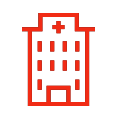
1991
Ogwang Martin arrives in Lacor as a medical intern. After completing his postgraduate training in General Surgery, he will become the hospital’s Institutional Director. Lucille is awarded the Order of Canada by the Governor General. In the meanwhile Operation North starts: the Government tries to destroy the LRA and cut away its support among the population.
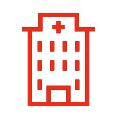
1992
Dr. Bruno Corrado arrives in Lacor Hospital, according to Piero, “at the right time” to put to fruition his previous 10 year experience in Italian Government Aid health projects in Tanzania and a previous university degree in law. He works to transform the Corti’s more informal and simple administration into a formal and effective one with a solid governance structure.

In the meantime, peace talks begin between the Uganda government and the LRA after failure of Operation North.

1993
As Lacor Hospital continues to face desperate poverty, disease and a seemingly endless war, the need for a stable source of funding appears to be the most urgent to guarantee the hospital’s future. Piero and Lucille therefore establish the Fondazione Piero e Lucille Corti in Milan, Italy, with the objective of supporting Lacor Hospital, as needed, with funds, logistics, and technical assistance. Dominique Corti marries an Italian surgeon, Contardo Vergani.

Dominique Corti

1994
Lacor employs 400 Ugandan staff, many of whom were trained at the hospital, now a 450-bed facility serving 150,000 patients a year. “Before I go / Avant de vous faire mes adieux”, a documentary on Lucille Teasdale by Michel Arseneault, is aired in Canada and makes her known especially in Québec. The Italian Government aid starts to falter, but the Hospital starts benefiting from significant Italian Episcopal Conference aid. The Ugandan government and the LRA agree to a ceasefire, then broken by the LRA after few months. LRA is strengthened by support from the Government of Sudan (which was retaliating against Uganda’s support of the South Sudan rebels) and starts a series of mass atrocities (thousands of girls and children abducted, villagers killed). Most of the population living in rural areas flee the rebels or are displaced by the government in protected camps; others commute every night to sleep in safe areas such as towns and missions.

1995
Between 3,000 to 10,000 “night commuters” (especially women and children) enter Lacor Hospital each night seeking safety from the rebels who raid the villages at night.
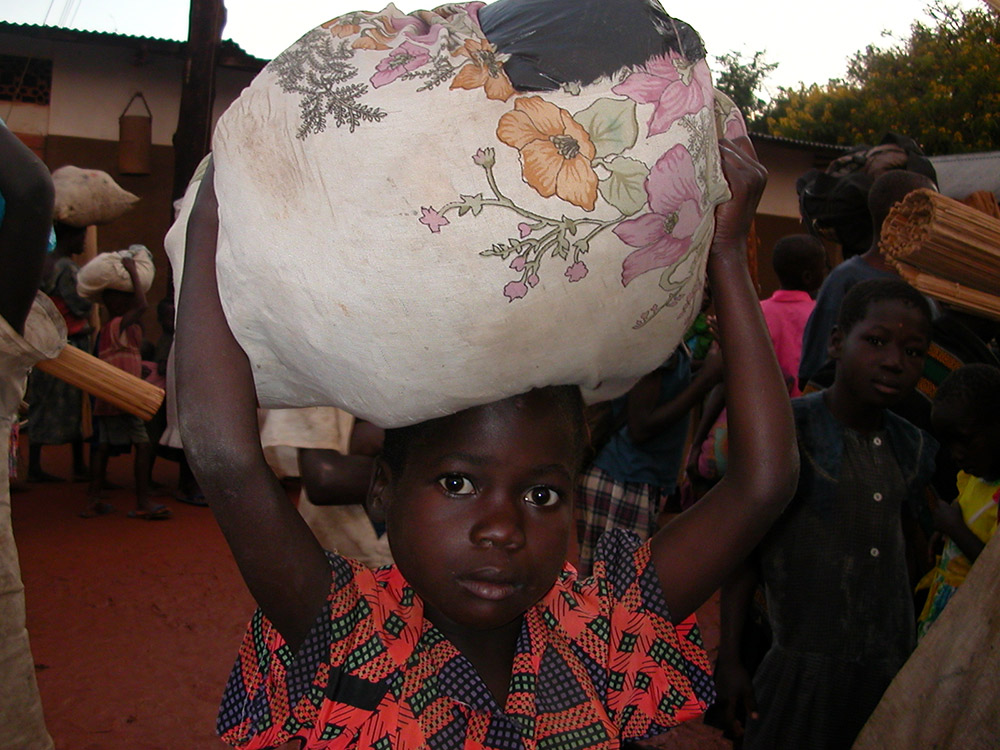
The rebels seek to abduct and enslave children in order to turn them into fighters.
Dominique Corti
In the same year Lucille and Piero are named Honorary Consultants for the Uganda Ministry of Health. Lucille is widely honored in her home province of Quebec. She receives the Velan Award from the Rotary Club of Montreal, is made a “Grand Officier de l’Ordre national du Québec”, receives an Honorary Fellowship from the Royal College of Physicians and Surgeons of Canada, is cited as a “Personalité de l’Année” by La Presse, is one of “Les Grands de l’Année” in L’Actualité, and is voted “Femme de l’Année” by Radio-Québec’s audience. Lucille and Piero receive the “Premio Antonio Feltrinelli” awarded by the Accademia Nazionale dei Lincei (Rome, Italy), and the Rotary Club’s “Premio della Professionalità”. The Lucille Teasdale and Piero Corti Foundation is established in Canada, with the objective to supporting the continuity of healthcare, training, and growth of the Lacor Hospital.

1996
Fratel Elio Croce
Lucille leaves the Hospital and Uganda for the last time. She is awarded a doctorate Honoris Causa by the Université de Montréal. Her sister Lise receives it on her behalf. On August 1, Lucille Teasdale dies of AIDS in Italy. Right after she is taken back to Uganda and buried on the grounds of Lacor Hospital.
Pier Giuseppe "Mecki" Agostoni

In the same year international attention starts to look at Northern Uganda especially due to dramatic single episodes such as the killing and abduction of several hundred villagers in Attyak, and the abduction of 139 schoolgirls from a Comboni School in Aboke

1997
“Un rêve pour la vie”, a biography of Lucille Teasdale by Michel Arseneault, is one of the best-selling biographies in Québec. Ugandan troops help depose Zaire’s Mobutu, starting a long involvement with the neighboring country soon called Democratic Republic of Congo.
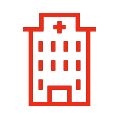
1998
Matthew Lukwiya becomes medical superintendent of Lacor Hospital. Dominique Corti receives her medical degree from the University of Milan but dedicates herself full time to the hospital’s needs through the Corti Foundation, together with a few other volunteers.

1999
The total number of admissions in the pediatric ward of Lacor Hospital has more than doubled over a ten-year period. In the same year, “Un sogno per la vita”, the Italian edition of Michel Arseneault’s biography, is published in Italy.

2000
A TV special featuring Dr. Lucille is released in English, French and, one year later in Italian. Matthew Lukwiya receives a second master’s degree in Public Health from Makerere University. In the same year Matthew Lukwiya makes a diagnostic hypothesis of Ebola Viral Haemorrhagic Fever virus as the probable cause of death of three nursing students at Lacor. He immediately notifies government authorities and closes the hospital down for everything but emergency cases that could not be treated elsewhere in order to organize an isolation ward for Ebola patients. He spearheads the fight to contain the outbreak, informing the population on the need to isolate the sick and separately bury the dead. The US Centres for Disease Control and Prevention install an Ebola laboratory at Lacor Hospital that is able, for the first time during the course of an active outbreak, to make diagnostic tests for Ebola. The thought of infections being passed to health workers who did not directly care for Ebola patients panicked many, and the nurses refused to work. The day-shift did not go to work; instead 400 health workers, nearly the entire staff of St. Mary's, gathered in the assembly hall of the nursing school. Lukwiya silenced the nurses, most of whom he had trained himself, by stating that if the hospital closed he would leave Gulu and never return. He then spoke on how he had let himself be abducted by the rebels rather than risk St. Mary's, and that they would be responsible for the deaths that would result if the hospital closed. After hours of contentious discussion that extended into the afternoon, Lukwiya switched back to a conciliatory approach, stating that he would remain even if everyone left. Matthew Lukwiya contracts the Ebola virus and dies of the disease at the age of 41. According to his wishes, he is buried near Lucille Teasdale on the grounds of Lacor Hospital. The WHO credits Matthew Lukwiya with limiting the Ebola outbreak to Gulu and to other areas. Besides Lukwiya, twelve other Lacor Hospital staff members are among the Ebola dead. The American Medical Association names Matthew Lukwiya a Role Model.
Dominique Corti
Bruno Corrado, Alessio Nencini and Marco Prati
Dominique Corti
Bruno Corrado
Dominique Corti
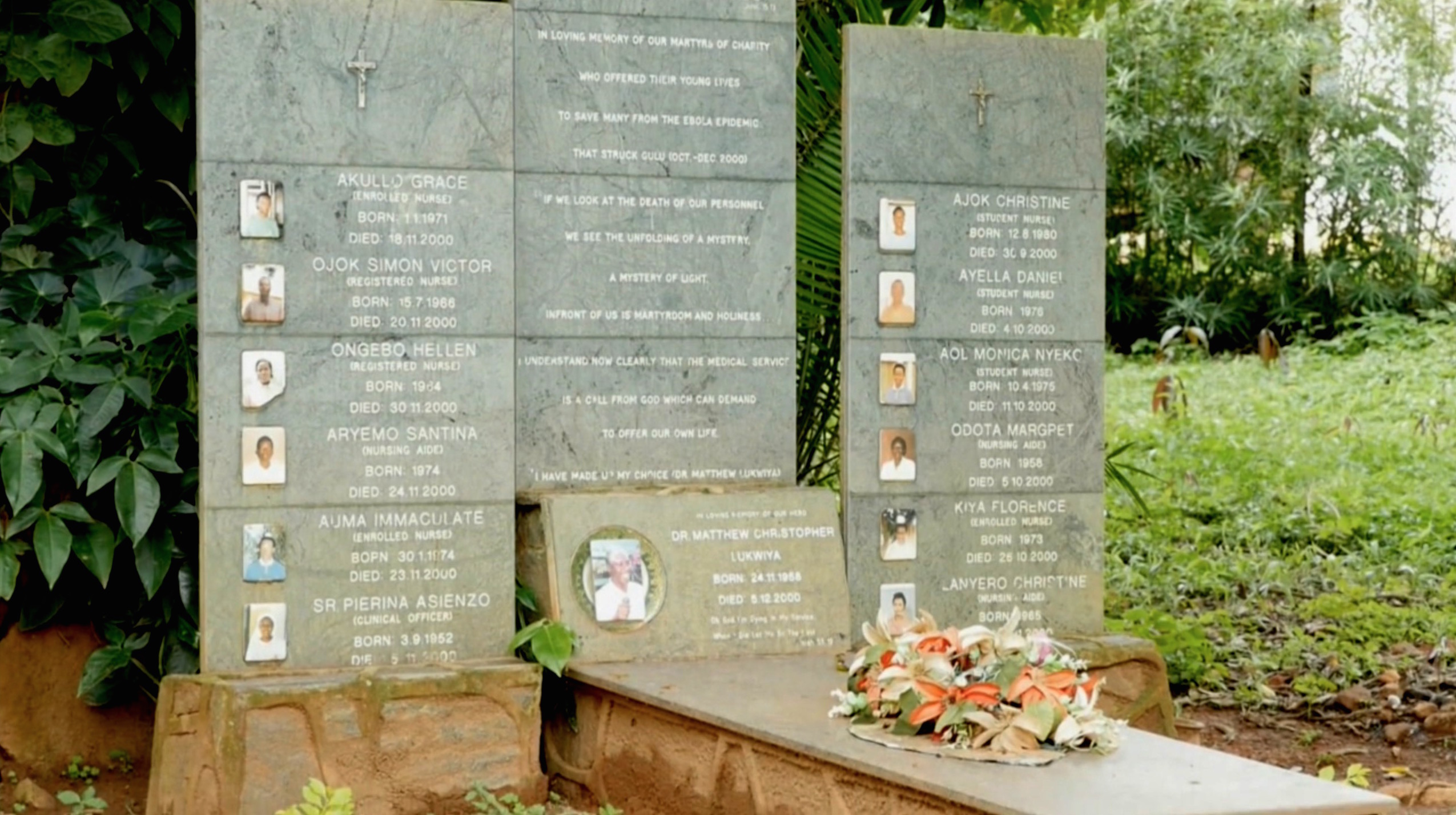

2001
The WHO declared the Ebola outbreak to be over. The immediate post-Ebola period proves very difficult, with frightened staff and patients afraid to come to the “Ebola hospital”. Gradually things return to normal and, within a couple of months, the hospital is once again running at full capacity. Piero never really recovers from Lucille and Matthew’s death and, unable to take part in clinical activities, throws all his efforts in promoting the Italian and Canadian foundations which he believes to be vital for the hospital’s future. In particular, he focuses on the Canadian Foundation which, despite his and Lucille’s efforts, has never really developed. Dr. Corrado takes over the hospital leadership. Rather than focusing on a single successor, he works hard to create a team of directors to shelter the hospital from similar terrible blows of fate. Lacor Hospital starts holding Annual Workshops in June where representatives of the staff, local community, and other stakeholders such as government and non-government institutions meet in order to share yearly achievements, challenges, and analyses, and to share opinions on strategic issues. In the meantime, East African Community (EAC: Tanzania, Uganda and Kenya) inaugurated the laying groundwork for future integration.

2003
Piero Corti dies, on Easter Sunday, of pancreatic cancer. He is buried with Lucille Teasdale and Matthew Lukwiya, on the grounds of Lacor Hospital.
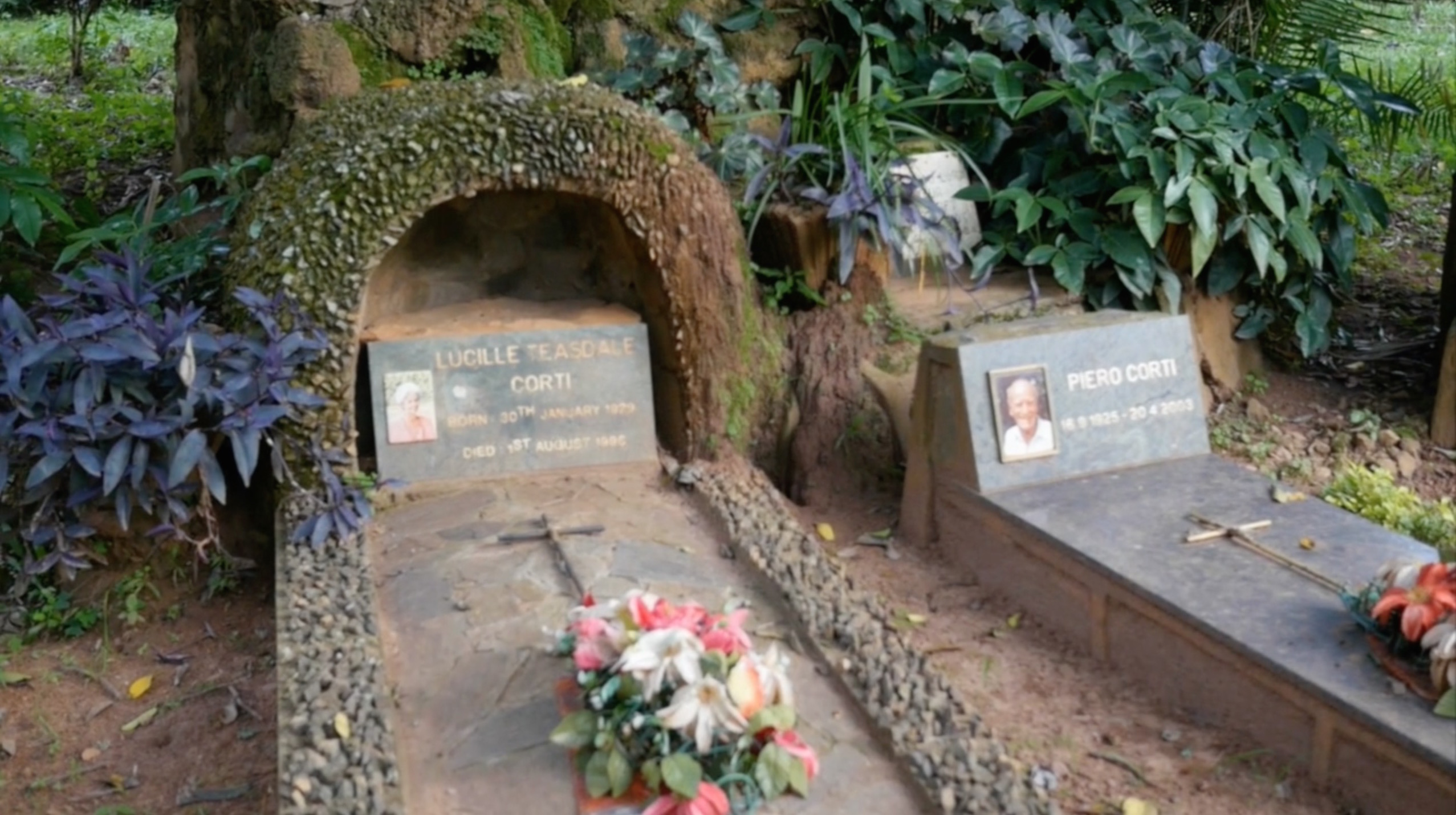
Dominique becomes President of the Italian foundation and member of the hospital’s Board of Governors.
Dominique Corti
Jennifer Kane, Paola Bottini Corti, Guido Coppadoro, Pier Giuseppe "Mecki" Agostini, and Carlo Spagnolli
Giovanna Pongiglione
In the meantime, international awareness peaks with the visit in Northern Uganda by Jan Egeland, the UN’s undersecretary general for humanitarian affairs and emergency relief coordinator. He declares: “The conflict in northern Uganda is the biggest forgotten, neglected humanitarian emergency in the world today...”
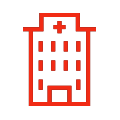
2004
The number of “night commuters” at Lacor Hospital drops from 10,000 in May to 3,000 in October. The high number of refugees within the compound places an enormous strain on the hospital’s infrastructure.

2005
The International Criminal Court issues arrest warrants for 5 LRA commanders including chief Joseph Kony.

2006
Due to a reduction in rebel activities, night commuters coming to Lacor Hospital since 1995 begin to drop under 3,000 per night. By this time, according to the UN Office for the Coordination of Humanitarian Affairs (OCHA), the LRA attacks and the government's counter-insurgency measures result in the displacement of nearly 95% of the Acholi population in three districts of northern Uganda: 1.7 million people live in more than 200 internally displaced person (IDP) camps in northern Uganda, which have some of the highest mortality rates in the world. The Ugandan Ministry of Health and its partners estimated that through the first seven months of 2005, about 1,000 people were dying weekly, chiefly from malaria and AIDS. During the same time period of January–July 2005, the LRA abducted 1,286 Ugandans (46.4% of whom were children under the age of 15 years), and violence accounted for 9.4% of the 28,283 deaths, occurring mostly outside camps. While many abductees are taken to carry items looted from raided villages, some are also used as soldiers and sex slaves. The group performs abductions primarily from the Acholi people, who have borne the brunt of the 18-year LRA campaign. Following meetings in South Sudan hosted by R. Machar, the Sudanese Vice President (who is from the south region of Sudan), the Government of Uganda, and the LRA agree to a ceasefire.

2007
Lacor Hospital prepares its first Strategic Plan (2007-2012). Dominique with Gilles Rivet and Filippo Campo start their collaboration to develop the Canadian Teasdale Corti Foundation.
Dominique Corti
By now the Italian Corti Foundation is Lacor Hospital’s main foreign donor and includes 3 full time and 2 part time staff in the Milano office, as well as volunteers. University of California Berkeley's Human Rights Center researchers, working with reception centers in northern Uganda, coordinate data from different sources on the number of former abductees: the research conservatively estimates that the LRA has abducted 24,000 to 38,000 children and 28,000 to 37,000 adults as of April 2006.

2008
Bruno Corrado hands over the hospital’s leadership to the three Ugandan colleagues who have been rotating in the top positions during the previous years: Opira Cyprian, Executive Director, Odong Emintone, Medical Director, Ogwang Martin, Institutional Director.
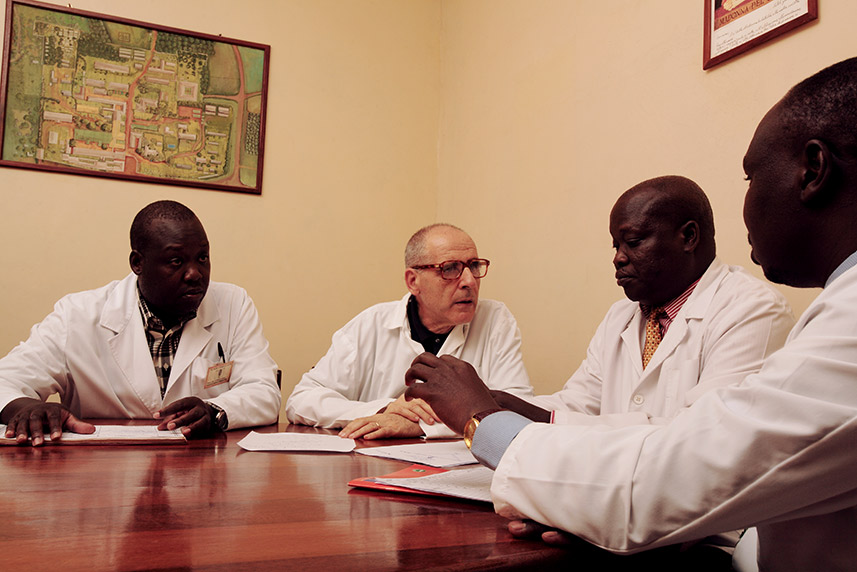
In the same year the LRA leader Joseph Kony again fails to turn out for the signing of a peace agreement. Ugandan, South Sudanese, and DRCongo armies launch an offensive against LRA base in South Sudan. Effectively driven out of Northern Uganda since the previous year, the remainders of the LRA are driven very far into the area between DRC, Central African Republic and Chad where they continue to raid villages, loot, kill, and abduct prisoners.

2009-2010
During this fiscal year, Lacor hospital treats a record number of 331,346 patients. In the hospital’s children ward alone, out of 42,270 children under six admitted, there are 1,576 deaths (44% of admissions and 24% of deaths due to malaria). The year marks the 50th anniversary of Lacor Hospital’s foundation.
A collection of letters and texts written by Piero and Lucille and their collaborators since their arrival in Uganda is published under the title “To make a dream come true”. In the same year a major find of oil is announced.

2010-2011
An astounding almost 20% drop in Lacor hospital patients is caused almost exclusively by Indoor Residual Spraying against malaria, carried out by government authorities thanks to funding by US government. In 2011 South Sudan secedes from Sudan, cutting the LRA off geopolitically from its former allies in Khartoum. Museveni wins his fourth presidential election. The Uganda Ministry of Health reports an outbreak of Ebola in Luweero district: it is contained to only one death.

2012
After the end of the war, humanitarian aids are sent to other areas.
Lacor Hospital prepares its second Strategic Plan (2012 – 2017). The Uganda Ministry of Health reports an outbreak of Ebola in Luweero district. It is contained to 6 cases with 3 deaths. Uganda shows the capacity to quickly identify and contain outbreaks.

2013
Eleven countries, including Uganda, sign a UN mediated agreement pledging not to interfere in DR Congo.

2014
President Museveni signs a tough new anti-gay bill into law, drawing criticism and freezing World Bank loans and aid.

2015
The novel “I bambini della notte” written by Mariapia Bonanate and Francesco Bevilacqua is published.
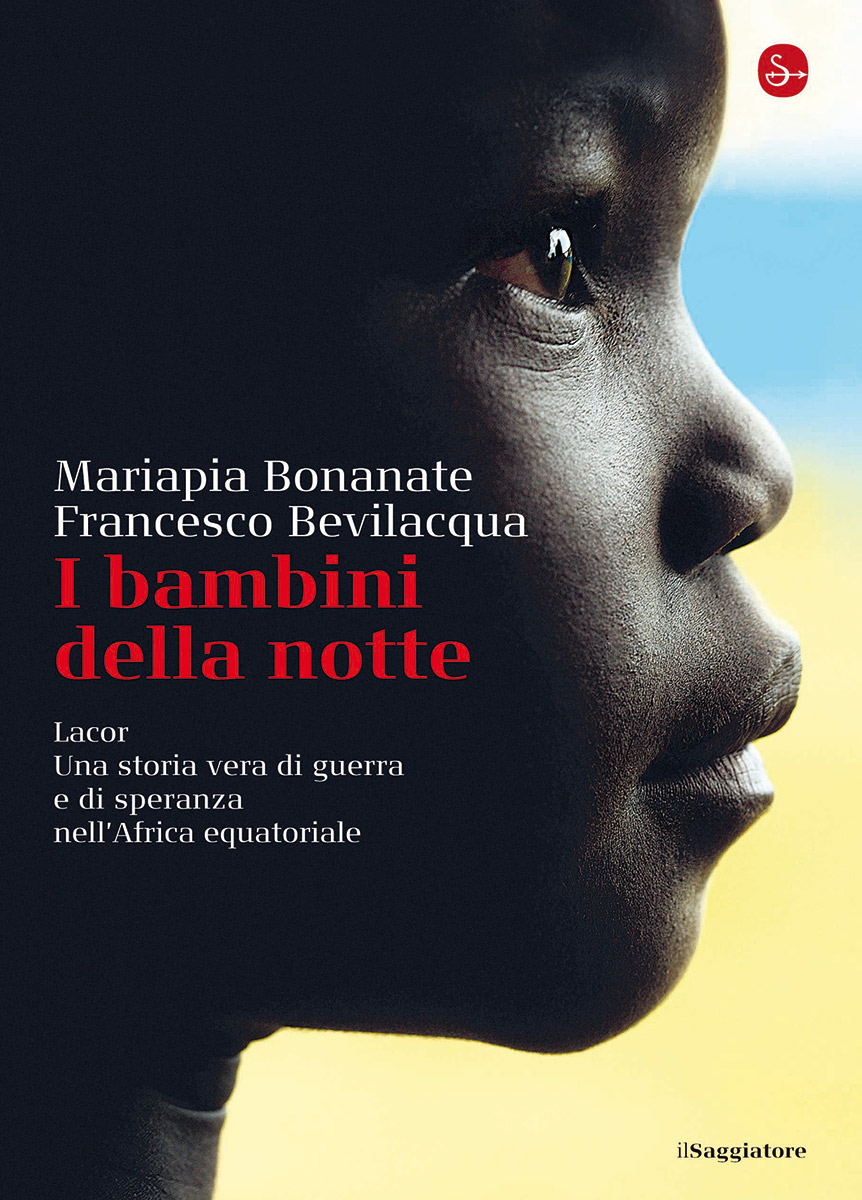

2016
The documentary “Dominique Corti. Un cammino per la vita” is in production.

